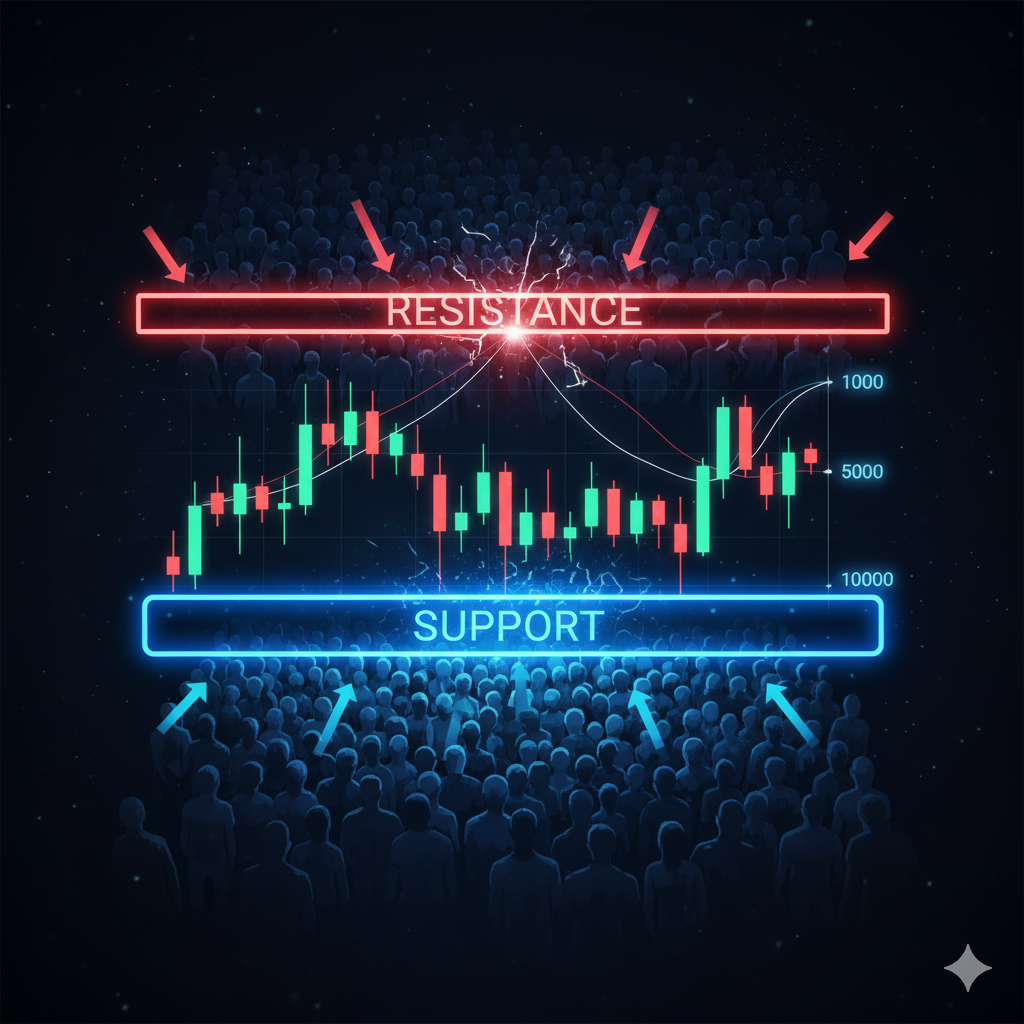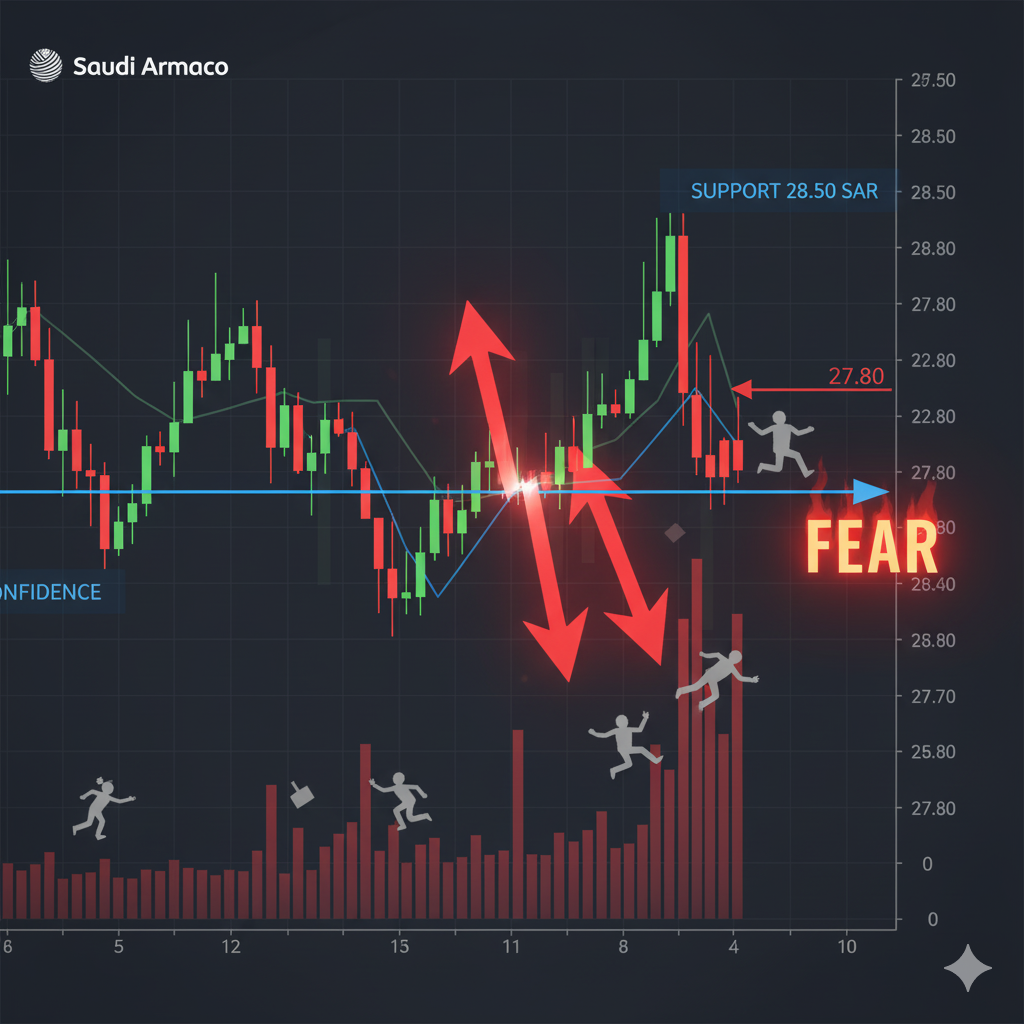
Summary
There is no concept more widely used among technical analysts than support and resistance. They are not just horizontal lines on a chart; they are a true reflection of the balance of supply and demand forces.
Every financial market—whether stocks, currencies, or commodities—moves within support and resistance levels. These levels are not arbitrary lines, but areas where supply and demand converge and around which the decisions of millions of investors are shaped.
1. Definition of Support and Resistance: Support: A level at which demand is expected to increase sufficiently to halt a decline. Resistance: A level at which supply is expected to increase sufficiently to halt a rise.
2. Psychological Background: Investors who previously bought at support will defend it. Investors who were stuck at resistance will sell when it returns to parity. "Collective memory" makes these levels recurring.
3. Types of Horizontal Support and Resistance: Fixed Historical Levels. Dynamic: via trend lines. Moving: via moving averages. Psychological: Round Numbers. Composite: a combination of more than one type.
4. How are these levels formed? Because of past events: such as news or earnings. Because of technical factors: such as moving averages or candlestick patterns. Because of psychological factors: people's tendency toward "large" numbers.
5. Trading Strategies Using Them: Buying at Support / Selling at Resistance. Breaking support or resistance = the beginning of a new trend. Reversal (support turns into resistance and vice versa).
6. Common Mistakes: Drawing too many levels. Ignoring volume. Believing that support/resistance is eternal.
🔹 Conclusion: Support and resistance are the cornerstone of technical analysis, and almost every other tool relies on them.






